Metal table legs: shape and design

Many people, choosing a kitchen table, do not pay attention to its legs at all, but meanwhile, this detail is very important in the further use of furniture. Typically, a classic kitchen table has four legs and a worktop. However, in stores you can also find no less stable structures with three legs or an x-shaped underframe. Today we will talk about these parts made from different materials.
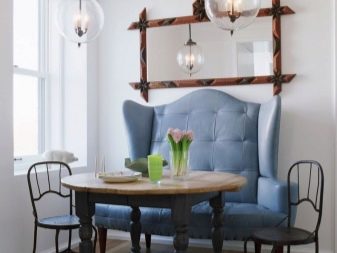
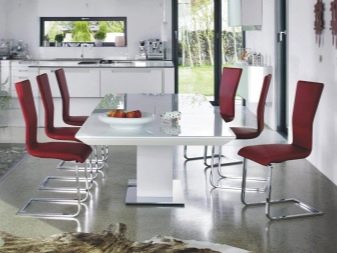
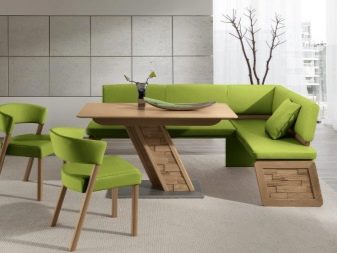
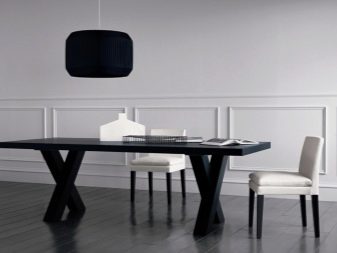
Views
Metallic
Metal is an extremely common material for the production of kitchen table supports. Since this is a very strong raw material, the legs made from it are extremely stable and durable. Additional stability is provided by plastic or rubber plugs, which are put on the supports to prevent them from sliding on the floor. Also, such material is in demand among craftsmen who make tables on their own. This is due to the low price and durability of the metal. Such underframes are often stained or chrome plated.
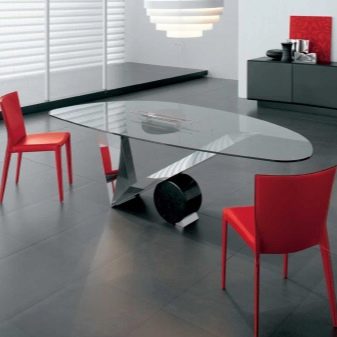
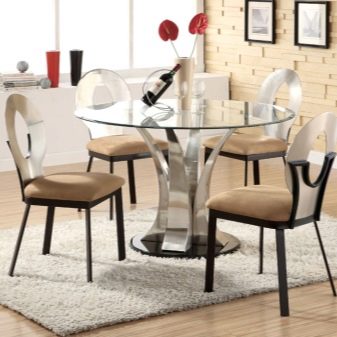
It is worth mentioning the models with forged iron legs. This type of support is extremely stable, durable and, as a rule, does not need repair. These legs are universal and easily fit into any interior design, always look advantageous and expensive. This choice is also convenient because it does not need special care. There are no specific recommendations for their use or cleaning.
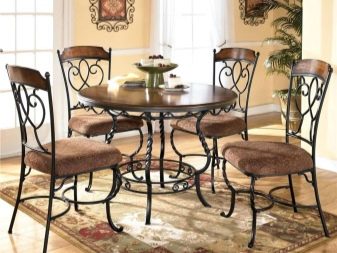
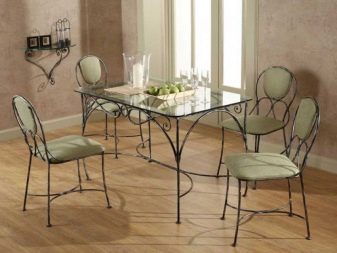
Metal legs most often consist of pipes with a diameter of up to 60 mm and a pipe wall thickness approaching 1 mm. A metal core is inserted inside such a part, and the entire space is filled with filler. In expensive tables, the support material is often stainless steel. Aluminum, iron and chromium are equally popular raw materials.
The surface of the metal legs can be:
- shiny;
- matte;
- tinted with bronze, gold or other more expensive metal;
- painted with enamel.
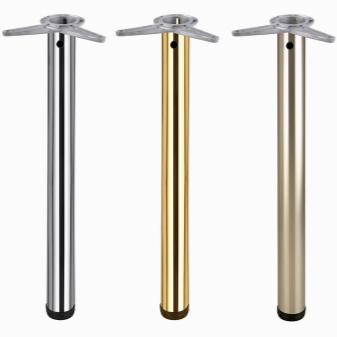
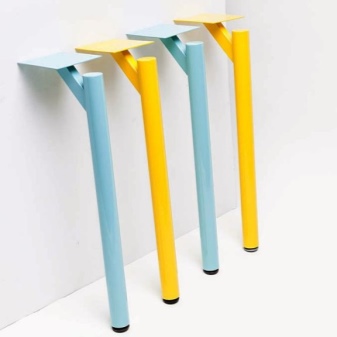
Steel supports are shaped pipes, so you can make them yourself, not forgetting about the plugs at the ends. It is permissible to equip rectangular tables with such legs. For a writing or computer desk in the loft style, only carved metal underframes are suitable. For chairs, it is also better to use metal to create a complete set.
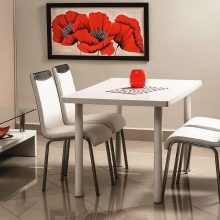
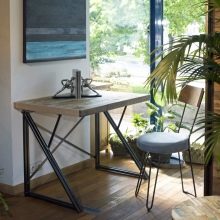
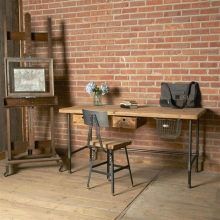
Wooden
Wood is the most common type of leg. A huge number of adherents of old traditions choose wooden tables. In addition, such decor material organically fits into the most fastidious interior. Many consumers value the environmental friendliness of this material. The simplicity of wood processing allows you to create supports of any size and shape: from round and square to carved.
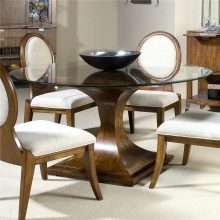
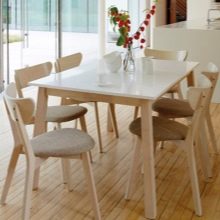
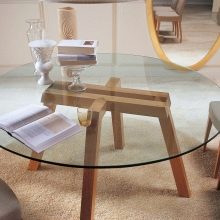
Models with beautiful carved legs look sophisticated and graceful. Often, such supports create a general impression of the furniture, allow you to choose a simpler material for the countertop, concentrating attention on yourself. When creating wooden supports for beauty and durability, they are sanded and covered with several layers of varnish. The amount of this composition will be required as much as is necessary to obtain a smooth surface.
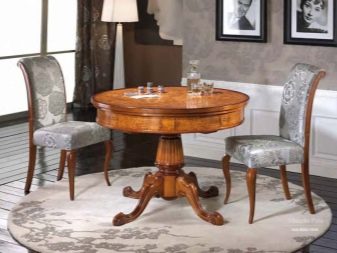
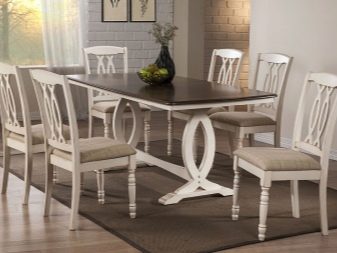
For the manufacture of wooden supports, a bar with a width of at least 5 cm is used. More democratic tree species for legs are pine, walnut, ash, beech, birch. Species such as mahogany, oak or wenge are considered expensive.
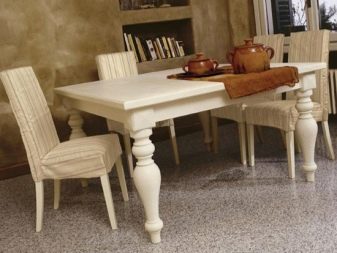

Plastic
Plastic structures are also popular and common, as they are made from inexpensive materials. Plus, it's easy to work with. The technological process of making plastic has now reached such heights that it allows, using special additives or creating special conditions, to obtain a material with completely different properties - from extremely elastic to very hard, similar in hardness to stone. So, for example, furniture legs made of polyurethane are very durable. They can withstand heavy loads and vibration, and the properties of polyurethane allow you to give them any desired shape.
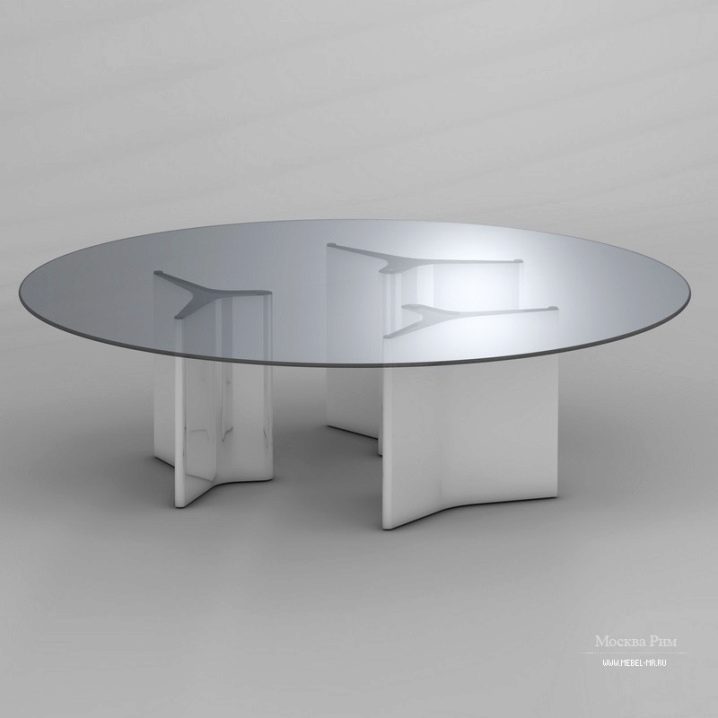
Supports of such material go well with any kind of countertop, which increases the variety of choice. The durability of such materials is due to their resistance to moisture and fumes. This allows them to be used for bathroom tables as well as outdoors. But it is worth considering the thickness of the support: the thicker the plastic, the more reliable the support.

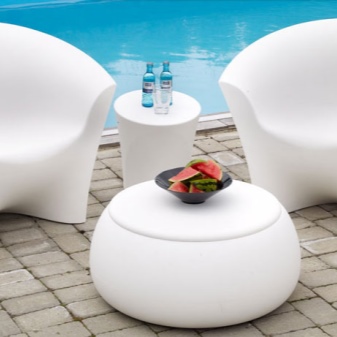
A good choice of such structures is also in terms of fire safety of the premises, because such materials are hardly combustible, that is, if a fire occurs, they will prevent its spread throughout the entire area of the dwelling.
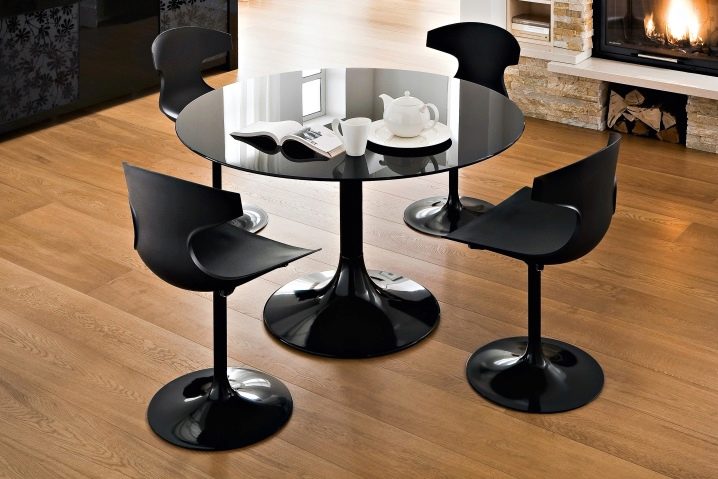
Plastic supports have a large selection, since this material is easiest to deform and create the desired shape. But, unfortunately, the strength characteristics of cheap plastic cannot compete with those of materials such as wood or metal.
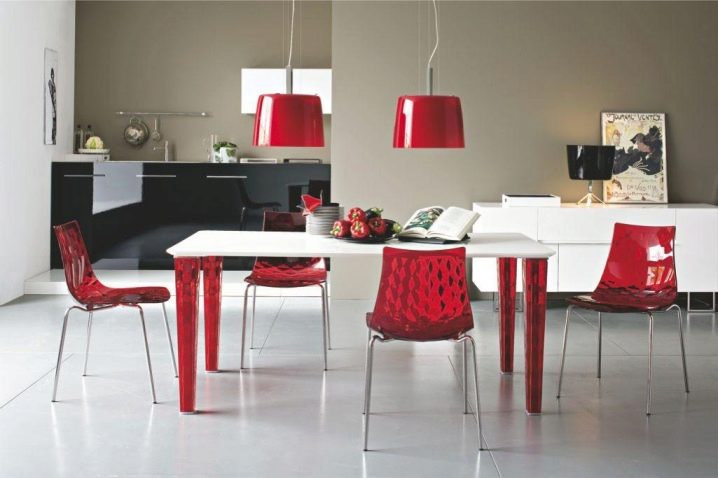
The manufacture of plastic with special strength or ductility is a laborious and costly process. Therefore, most often in this case, plastic does not win over other materials in cost. And when choosing between familiar materials or plastic, users make a choice in favor of the former. This is due to the environmental characteristics of the material and partly with the usual traditions.
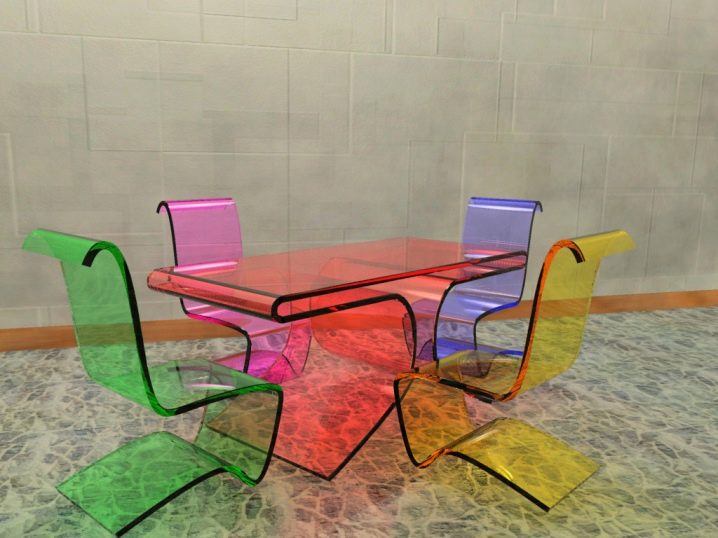
For glass worktops
Great attention is paid to the design of the table legs when the customer chooses a transparent (glass) table top. In this case, the table takes on a truly unusual look and the legs play a major role in its design, because with the help of their shape, size and color, a general style direction of the household item is created. That is why a metal box is often used as a support, bent at a right angle with a cross section.

Metal legs with an openwork weave look luxurious. It can fill the entire space under the countertop, or be part of an overall design, for example, it can be shaped like a branch with leaves that beautifully wraps around the main part of the support. Forged poles are more stable, and metal profile products are lighter and more affordable. The choice of certain options is a personal matter for everyone.

With a glass top, models of legs made of solid wood X - shaped from a bar with a square section look very extravagant. Such supports, inclined at an angle and converging in the center, look harmonious.
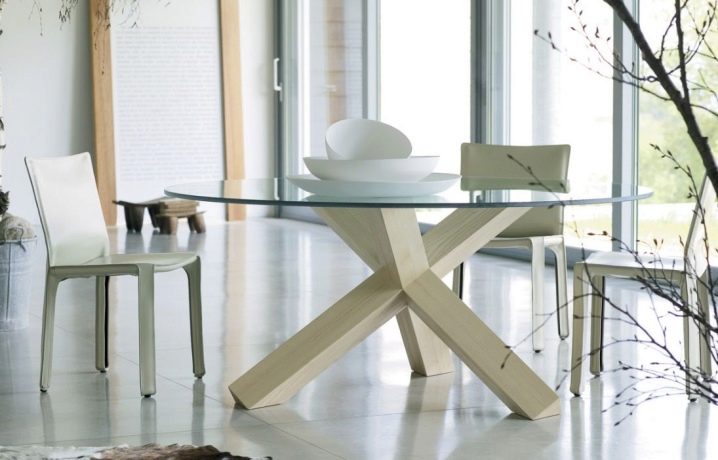
Other materials
Legs made of bamboo will add an extraordinary African spirit to the overall design of the room. A complex labyrinth of intricate bamboo stalks will delight even the most fastidious connoisseurs of luxury. Also, willow twigs or vines can be quite popular material for wicker legs. It is possible to use other materials with sufficient flexibility. Furniture with such ornate legs is more often ordered for summer cottages and houses outside the city. This type of support brings the overall style of the room closer to the rustic or eco direction.
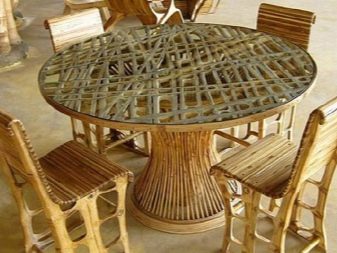
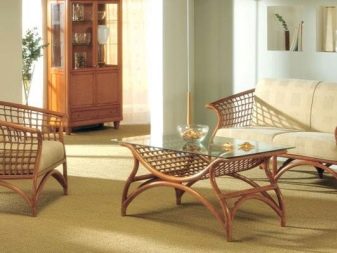
An all-glass dining table looks very expensive and unusual. This is especially true for the interiors of the room, in which a large amount of glass or porcelain dishes is included. Such tables are more fragile and will suit people for whom beauty is in the first place, and not functionality of the object. The color and shape of glass legs is also quite varied.Often, the shade of the glass legs is radically different from the color of the countertop.
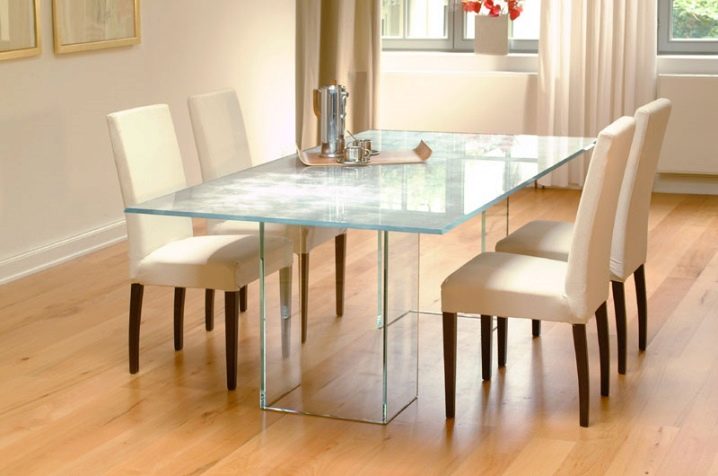
Combining different materials to create legs, such as glass and wood, is a good option.
In the interior
Many designers prefer chrome legs. Such supports fit well into high-tech and minimalist styles, and also refresh the retro style. The latest developments in the design of the legs amaze with their unusual performance. Often, manufacturers play with the shape of the legs, creating very wide or very narrow options for the table. Curved supports or products decorated with all kinds of decor are popular.
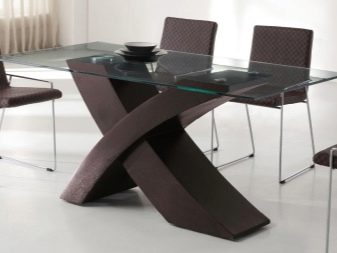

Assembly
Experts say that the guarantee of the stability of the tabletop lies in the correct assembly of the table and the correct installation of the supports. Forged products in this matter are an order of magnitude better than all others, and artistic forging creates such masterpieces of metal that not every person's imagination is capable of. Such supports are painted in shades of black, bronze or gold. This additionally emphasizes the elegance of individual details, the nobility of the product and protects it from external influences.
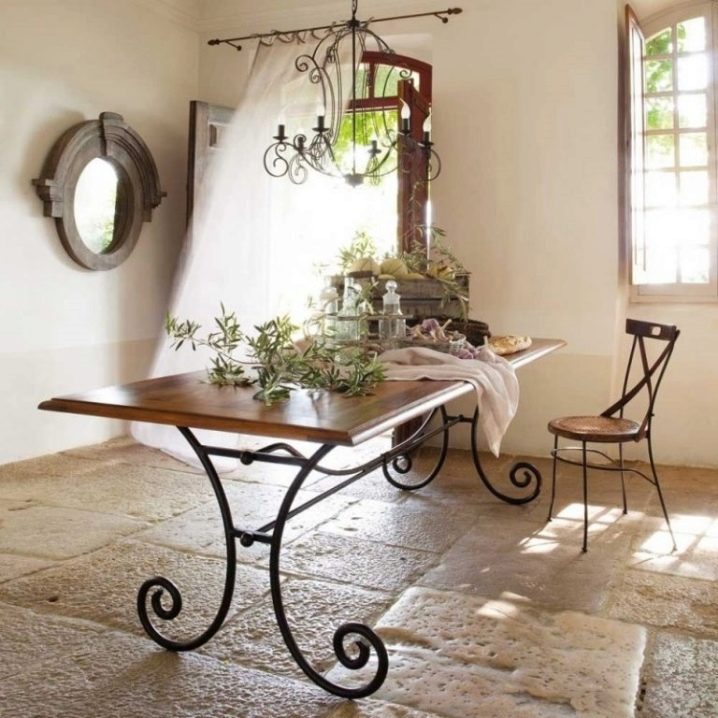
With your own hands
A new popular trend is the manufacture of household items with your own hands. Tables are created in a similar way. In this case, folk craftsmen advise using ordinary water pipes. Indeed, seeing images of furniture made from such pipes, you understand that it looks quite original.
For information on how to make a table with your own hands, see the next video.
Metal pipes are very durable. Do-it-yourself manufacturing guarantees the lowest price of such products. Thus, having set yourself the goal of making a table on your own, you can end up getting a strong durable thing for a penny, but you need to take into account in this case that this is a very long and difficult process.













The comment was sent successfully.